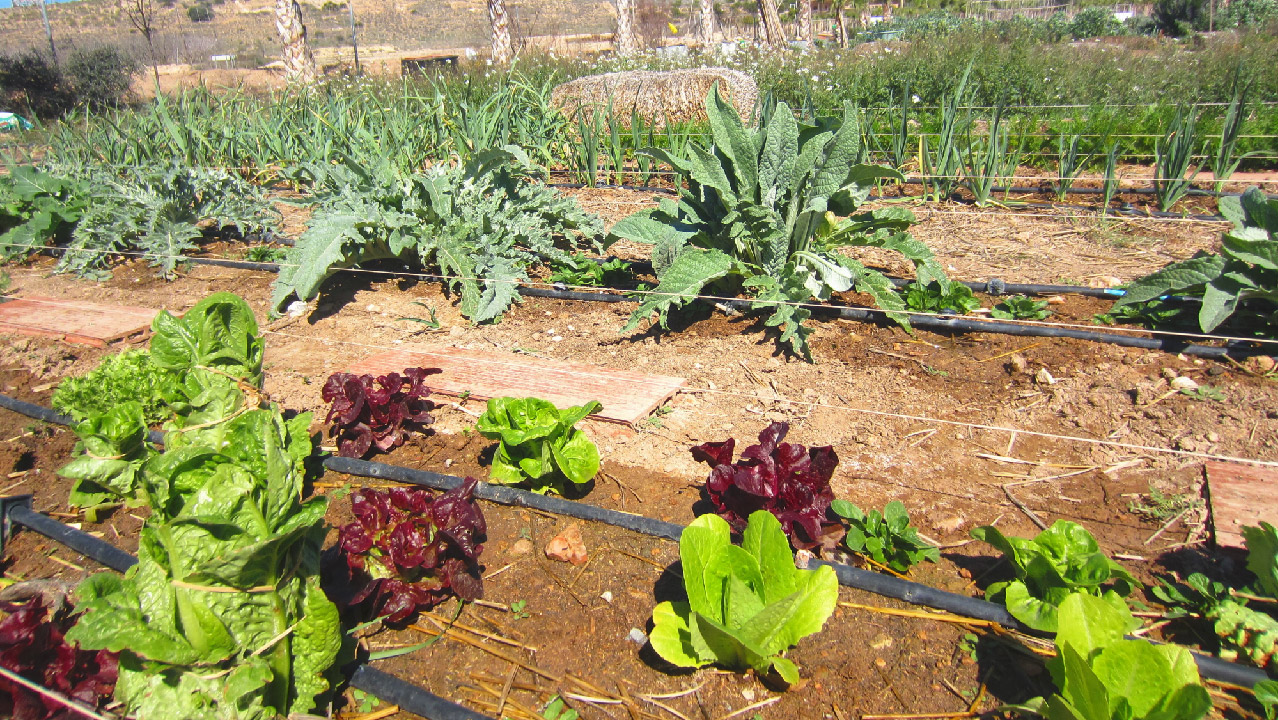How to fertilize through a Drip Irrigation System
May 16th 2023
If you thought that drip irrigation could not get any better, then prepare to be amazed. One of the quickest ways to liven up the plants in your landscape is to give them a dose of nutrition through fertilizers. And one of the most efficient ways to do this is through your pre-existing drip irrigation system. Read on and learn everything you need to know about how to fertilize through a drip irrigation system.
Fertigation is the process of using irrigation systems to apply fertilizers or soil amendments. In normal drip irrigation systems, tubing and drip emitters are used to supply fresh water to plants. The only difference in fertigation is the addition of fertilizer injectors to deliver nutrients right to the plants' root zone without any losses of fertilizer along the way. Though fertigation is most commonly used by commercial growers to increase yields, home gardeners and small farmers may be interested in trying it out.
Compared to the traditional use of fertilizers, fertigation has the ability to reduce the amount of fertilizer necessary to see positive impacts on your plants. However, fertilizer use in a drip irrigation system can only provide uniform application of nutrients. This means that it works best on plants that all have similar requirements and may not be optimal for a biodiverse area. The major benefits of fertigation in a drip irrigation system include greater yields, higher nitrogen use and water efficiency, reduced groundwater contamination and increased weed suppression compared with alternative topical applications. Disadvantages may include the risk of clogging, the necessity of constant monitoring to ensure all of the pieces are working correctly and ineffectiveness in areas that contain many plants with different needs.
These injectors are usually placed in the drip irrigation head assembly with the back-flow preventer, pressure regulator and filters. Most injectors are unable to withstand constant pressure, so they should be installed after a timer or valve. The backflow prevention unit is essential when dealing with fertilizers to ensure that it doesn't flow back into your drinking water supply. Flush valves are also an important part of your irrigation system to clean out any remaining water or fertilizer when you no longer require the system to be operating continuously. Only water-soluble fertilizers should be used through your drip system.
There are a few varieties of fertilizer injectors available for a drip irrigation system. EZ FLO fertilizer injectors are the most economical option for most home gardeners and small farms. They are very simple to use and require either dry fertilizer or concentrated liquid fertilizer to be filled in the tank. From there, your plants are ready to be fertilized. Mazzei injectors are commercial grade and do not contain any moving parts that could be worn out. These injectors require liquid fertilizers because they work by suction. Because sizes vary widely, it is essential to determine to correct one for your situation by evaluating the water usage of your irrigation system. These injectors may require a bit of experimentation to find the correct pressure differential, but once it gets going it is very reliable.
The MixRite is a pump style fertilizer injector found to be very accurate and easy to maintain. Water moving through the system is the only power it requires. This fertilizer pump also comes with a variety of options depending on your water flow. They are best for commercial operations because they provide the best portion control. DripWorks also carries the Chapin Hydrofeed fertilizer injector, best for small to medium size garden set-ups. The clear tank allows for easy monitoring and filling.

